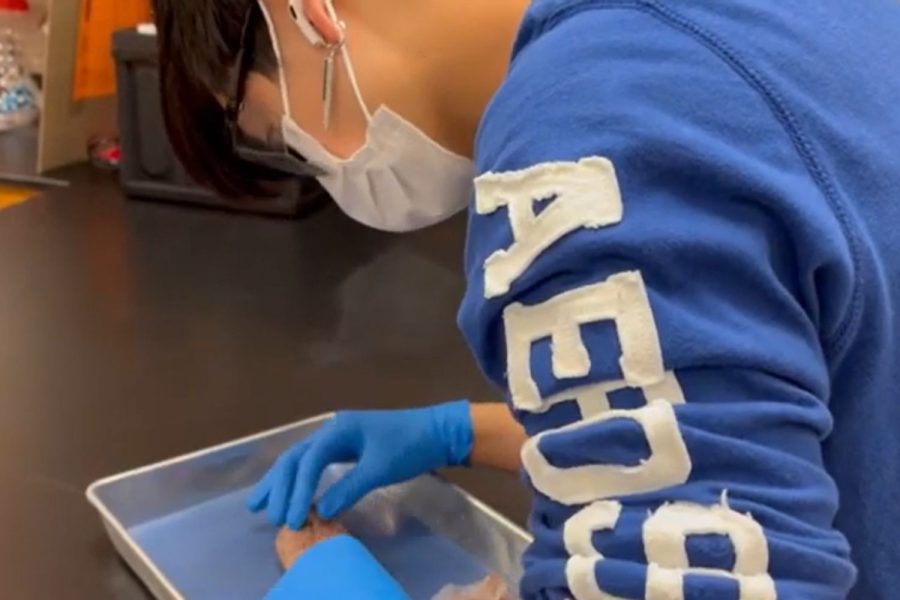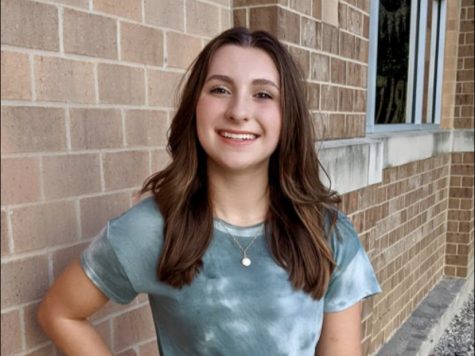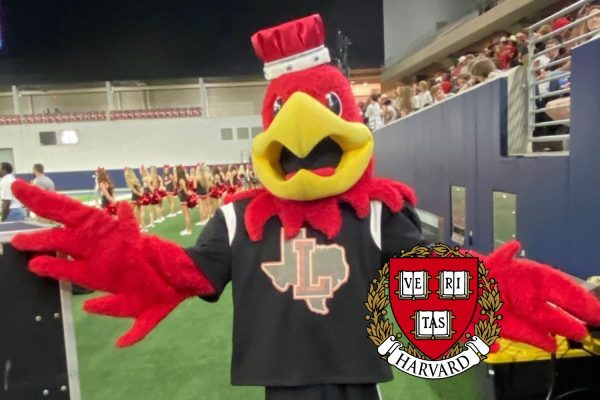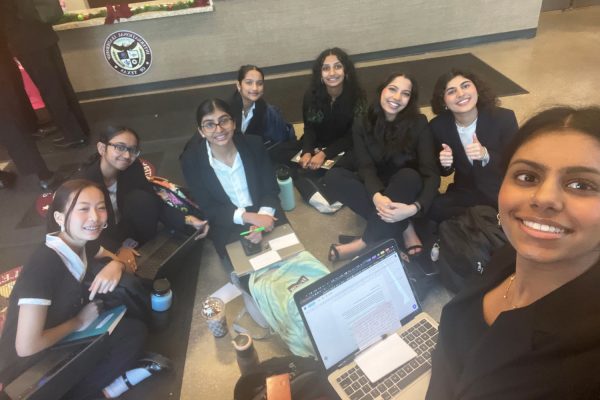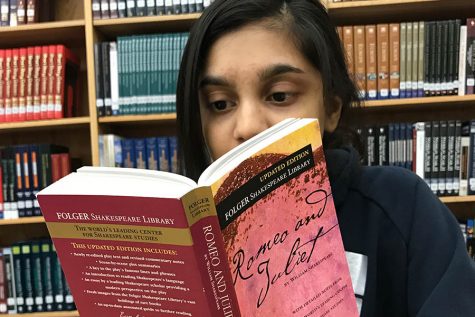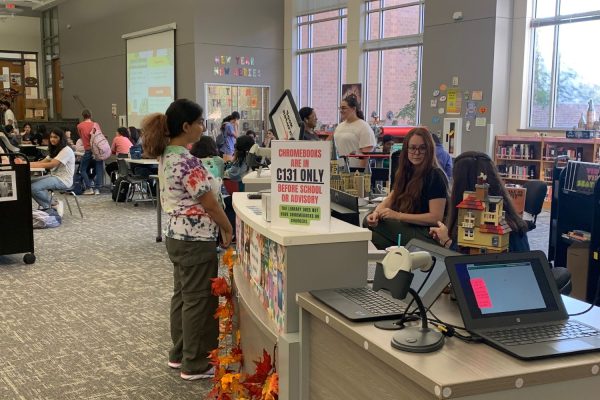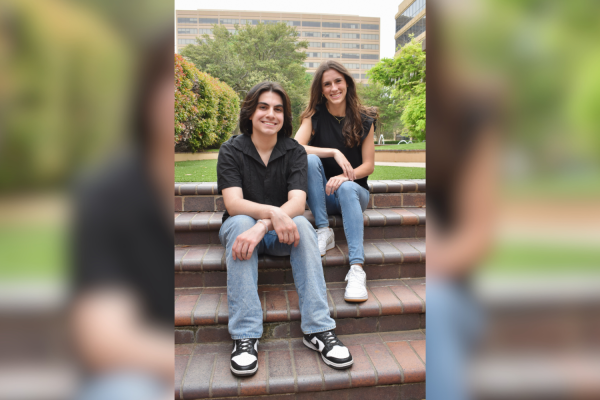Anatomy dissects rabbits like nobunny’s business
Anatomy students took on the challenge of a multi-topic dissection by dissecting a rabbit. Students are learning about the interconnection between body systems, specifically the respiratory system.
March 30, 2023
The Easter bunny may want to stay away from the Anatomy and Physiology class as students are dissecting an 8-lb rabbit.
“This dissection is unique because it is the largest organism that we dissect and we are looking at multiple systems,” teacher Daniel Hauser said. “It’s a multi-topic dissection.”
Students are learning about the interconnection between body systems, specifically the respiratory system. Through dissecting the rabbit, students will gain hands-on experience of the rabbit’s respiratory system and be able to compare it to a human’s respiratory system.
“The purpose of the dissection is to examine the internal organs with a focus on the thoracic cavity trachea, lungs, how the air can travel and inflate the rabbits lungs, and to look at the proportional difference in between the rabbit versus the humans,” Hauser said. “Just to get a holistic view of all the organ systems, the rabbit is a great model to use.”
For some students, such as sophomore Melisa Gulver, dissecting a rabbit for the first time came with challenges.
“I think dissections are really cool but the rabbit was crazy because it was 10 times the size of the dissections we normally do,” Gulver said. “Cutting it was also a little challenging because if you cut too deep or inaccurately you’re going to damage the organs and you might not be able to conduct the dissection properly.”
However, these challenges were greatly accepted as students learned a new perspective to dissections.
“In previous dissections we only dissected parts of the body but this time we dissected a whole animal so we got to see a lot of different body parts,” sophomore Aswikha Karthikeyan said.
Hauser hopes this experience will provide students a basic understanding of not only the rabbit’s internal anatomy, but the human body’s as well.
“Hopefully students can take away how the organ systems work together and then the difference in size and proportionality between the rabbit and human,” Hauser said. “Hopefully they learn how the dissection doesn’t look like how it looks in the textbook all the time.”



